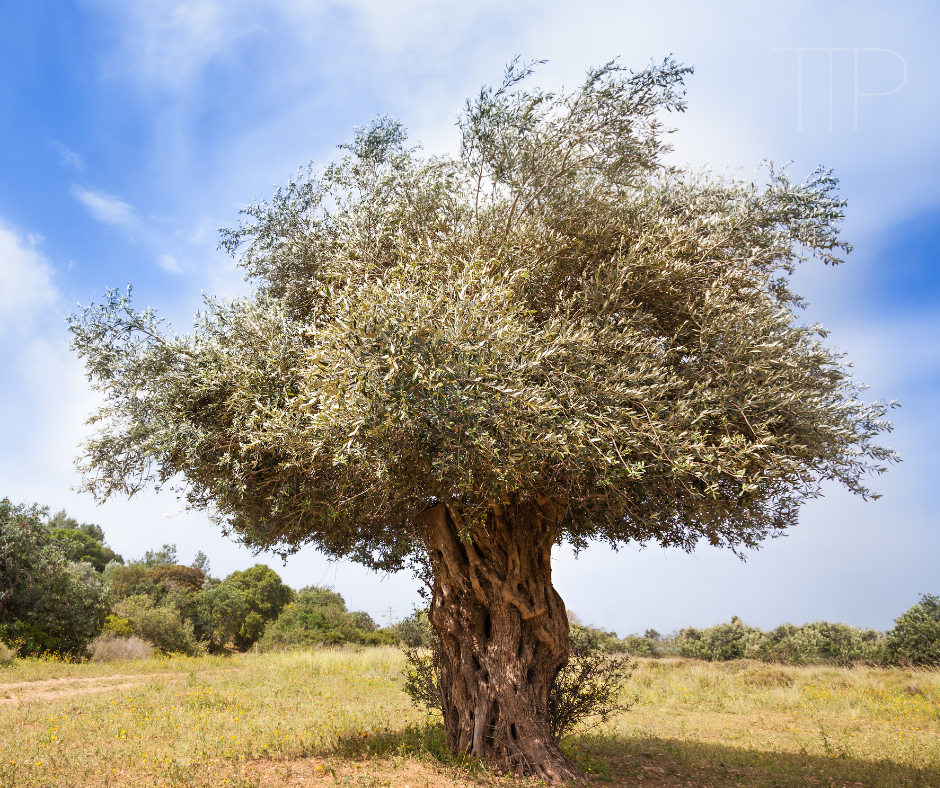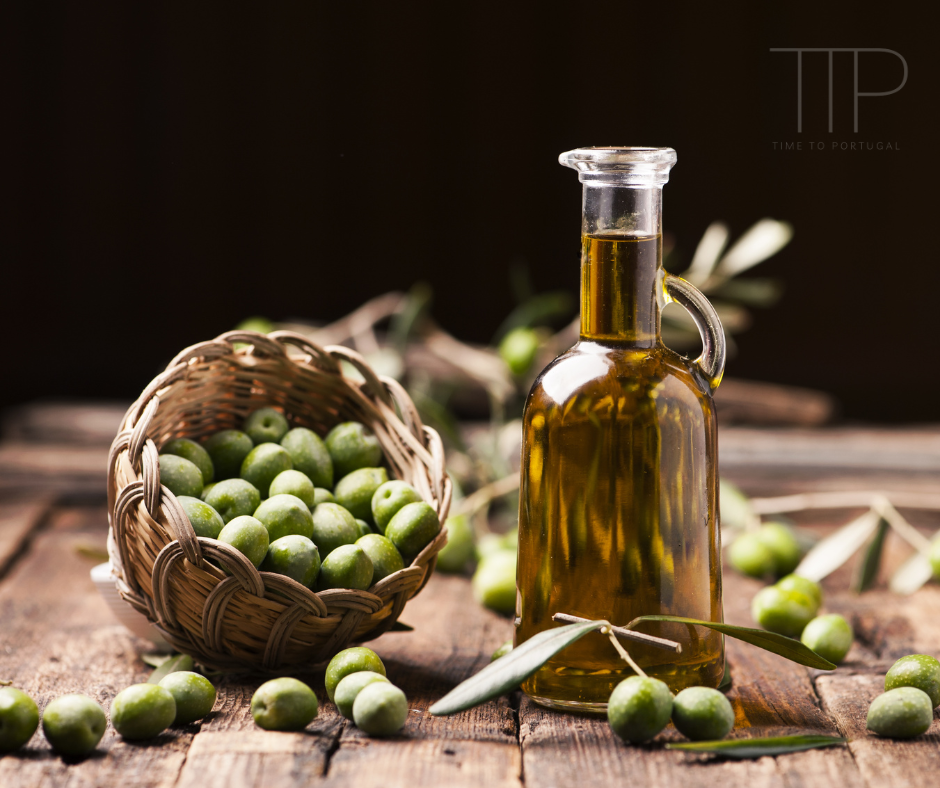History of Olive Oil in Portugal: Olive oil was one of the first products exported by Portugal.
Olive oil is a food product extracted from olives, the fruit of the olive tree. Planted in full heat. It is an ancient food, a classic of contemporary cuisine, regular in the Mediterranean diet and present in most kitchens nowadays. In addition to the health benefits, olive oil adds a peculiar flavor and aroma to food.
The Mediterranean region is currently responsible for 95% of the world’s olive oil production, favored by its climatic conditions, favorable to the cultivation of olive trees, with plenty of sun and dry weather.
In Portugal, the reference to the olive tree is very old. The Visigothic Code, in the laws to protect agriculture, prescribed a fine of five sous for anyone who uprooted another’s olive tree, paying only three sous for another tree.
Some authors claim that the greatest development of this culture takes place in the provinces where the reconquest came later. The charters of the Moors of Lisbon, Almada, Palmela and Alcácer do Sal, given by D. Afonso Henriques in 1170, and later that of the Algarve Moors (1269), and Évora (1273), expressly refer to this olive tree culture.
As far as Beira Baixa is concerned, there is only one mention of the «recent olive tree planting on a covered ground, inside the town of Covilhã in 1359». From the medieval toll tables (rights), we can conclude which are the main types of local trade: salt, oil, bread, wine, live animals and salted or fresh fish. From the 14th century there are reports of two municipalities where the olive tree was cultivated: Évora and Coimbra. In the latter, the king grants the same privileges as in Lisbon, that is, “they could carry the oil in the river and mouth of the Mondego. outside the Kingdom as well as inside”.
At the time of the Discoveries in the century. XV and XVI, olive oil and wine continue to be part of the list of exported products. As in the 14th century, Coimbra, Évora and its terms were the regions of greatest production in the 15th century. In 1555, the consumption of oil underwent a great increase, as it began to be used frequently in lighting. In this century, the product was sold within the kingdom and exported to markets in Northern Europe and overseas, especially to India. In the time of Philippine rule, the “black market”, hoarding and speculation cost the product; thus, the drop in exports is understood, despite Manuel de Sousa Faria having praised its quality and abundance, stating that exports continued to Flanders, Germany, Castile-a-Velha, León Province, Galicia, India and Brazil.
In the 18th century Coimbra was no longer the main producing center and the best quality olive oil was that of Santarém. The monopoly of mills, held by the grantees and masters of the Orders, was the cause of several complaints regarding the drop in production. However, still in the 19th century, and despite the fact that the manufacturing processes remained rudimentary, Portuguese olive oil was awarded at the Paris Exhibition of 1889.
In the last decades before accession, Portugal had been decreasing its olive oil production and the annual fluctuations were very large (for example, in 1982 79 510 tonnes were produced and in 1983 only 8800, according to FAO data). In 1986, at the time of accession to the EEC, Portugal had 340,000 hectares of olive groves, spread throughout the country, although mostly concentrated in the Alentejo, with 144,632 ha; the agrarian regions of Trás-os-Montes, Beira Interior and Ribatejo e Oeste also had significant, similar surfaces and about a third of Alentejo.

Olive Oil in Portugal in modern Times
Portugal annually consumes 78 thousand tons of olive oil and exports 58 thousand, that is, it needs 136 thousand per year. However, it only produces 63,000, being forced to import 73,000 tonnes. In the production of olive oil in Portugal, there is a list of products with a protected designation of origin, which in 2012 consisted of 6 references.
In 2011 production reached the highest value since 1967. With more than 76 thousand tons of olive oil to supply the domestic and foreign market.
The investment in olive groves that has been made in recent years, especially in the Alentejo, is having practical effects on the trade balance, which, for the first time, has a positive balance.
More than 62% of all national production is in Alentejo, which rose from 14,854 tons in 2004 to 47,278 in 2011.
Brazil imports 40% of the oil it consumes from Portugal. It is followed by Spain (the world’s largest producer), from whom it bought 11,200 tonnes between January and August 2012 and Italy.
In 2012, the production of olive oil in Portugal fell 8% compared to 2011 reaching 70,331 tonnes.
In the 2013/14 campaign, 90 thousand tons were reached, the highest value in the last 50 years.
It produced 61.2 thousand tons of olive oil in the 2014/2015 campaign.
It produced 100,000 tons of olive oil in the 2015/2016 campaign.
In 2016, exports reached 434 million euros, with the sector reaching a surplus in the trade balance of 170 million euros, with an increase of 400% in olive oil production and 300% in the volume of exports.


[…] boxes of chocolates, this grandson is ready to face the coming years with an endless supply of Portuguese olive oil, thanks to his grandparents’ avant-garde […]